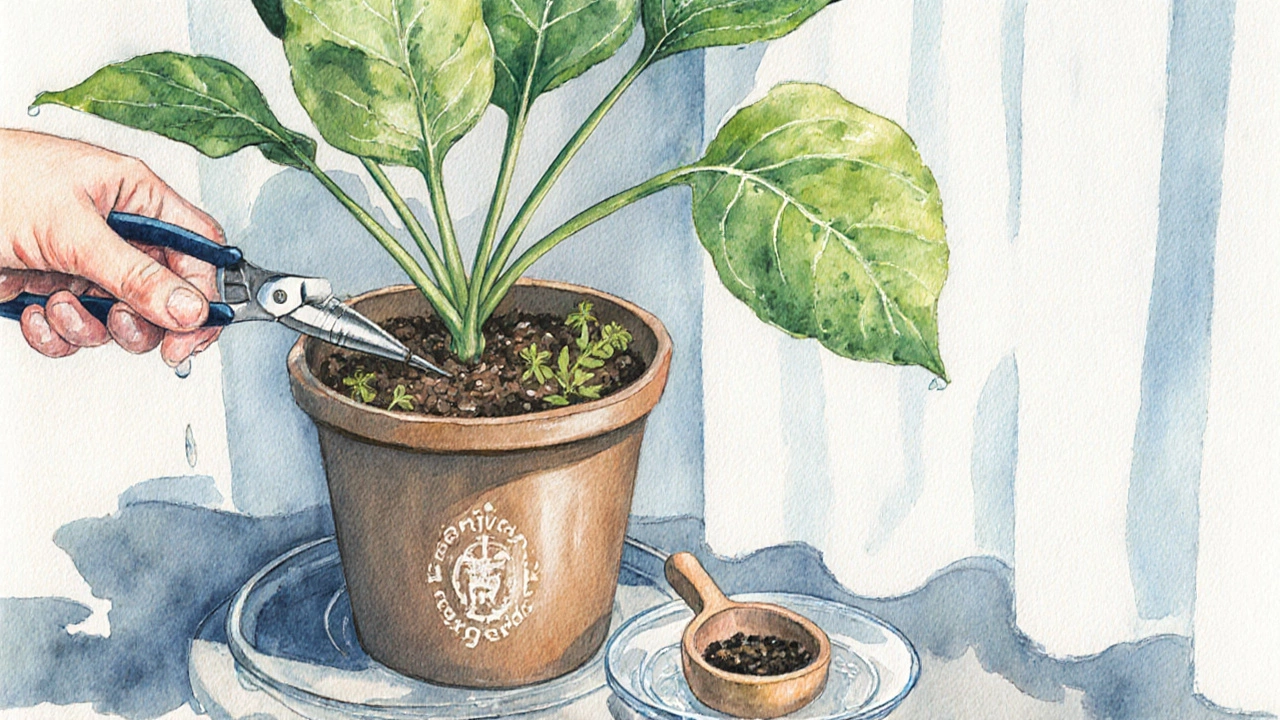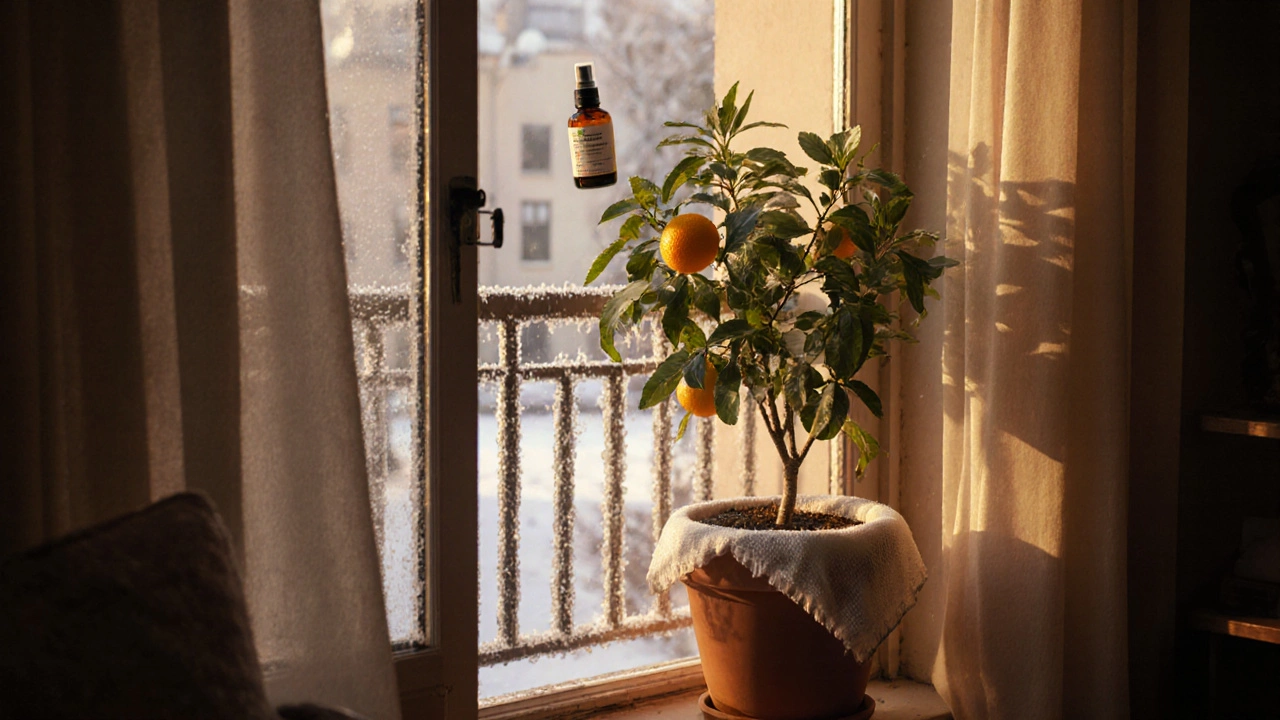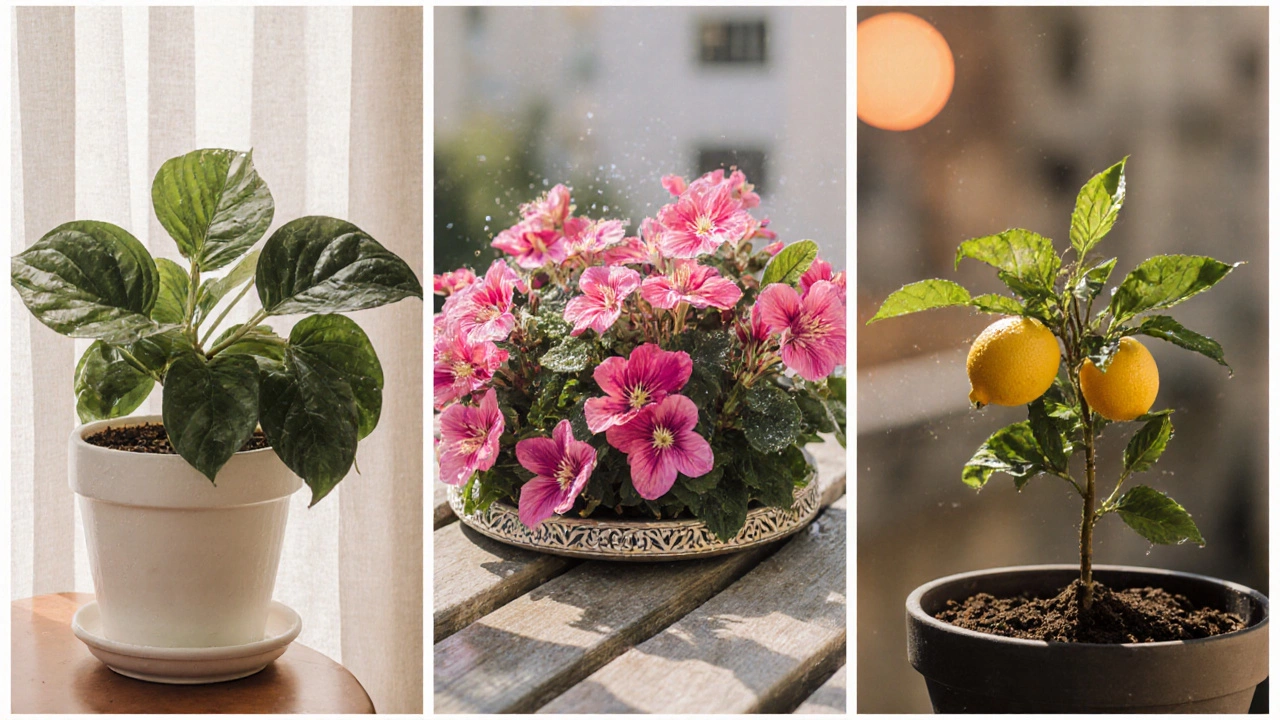Balcony Plant Care Calculator
Which plant is right for your balcony?
Answer these quick questions to find the best high-maintenance plant for your space and care level.
If you’ve ever wondered which plant will test your green thumb to the limit on a balcony, you’re in the right place. Below you’ll find a no‑fluff guide that points out the true high‑maintenance champions, explains why they demand extra love, and gives you a step‑by‑step plan to keep them thriving.
Quick Summary
- The top three most demanding balcony plants are Ficus benjamina, Impatiens walleriana, and dwarf citrus trees.
- All three need consistent moisture, bright filtered light, well‑draining yet nutrient‑rich soil, and regular feeding.
- A structured watering schedule, a tailored soil mix, and proactive pest control are the three pillars of success.
- Use the checklist at the end of this article to audit your balcony setup before you buy.
- FAQs answer common doubts about humidity, pruning, and winter protection.
What makes a plant “needy”?
When we talk about a most needy plant, we mean a species that reacts quickly to small changes in its environment. These plants typically require precise watering, specific light levels, frequent feeding, and vigilant pest monitoring. Miss one of those cues and you’ll see wilting leaves, yellowing, or stunted growth within days.
Top three most needy balcony plants
| Plant | Light | Water | Soil | Feeding |
|---|---|---|---|---|
| Ficus benjamina | Bright indirect | Keep soil consistently moist (no soggy) | Leaf‑mold enriched, well‑draining | Balanced liquid fertilizer every 2 weeks (spring‑fall) |
| Impatiens walleriana | Partial shade to filtered sun | Daily light watering; avoid drying out | Light, peat‑based mix with perlite | High‑phosphorus tablet bi‑monthly |
| Dwarf citrus tree | Full sun (6‑8 hrs) | Water when top 2 cm dry; higher in summer | Sand‑rich, slightly acidic mix | Citrus‑specific NPK 2‑1‑2 monthly |

Deep dive: caring for each high‑maintenance champion
Ficus benjamina (Weeping Fig)
Ficus benjamina loves bright, indirect light. A south‑facing balcony with a sheer curtain works perfectly. Watering is the most critical part-keep the top inch of soil damp, but never let the pot sit in water. Use a saucer and empty excess after 15 minutes.
- Soil mix: 40 % peat moss, 30 % pine bark, 30 % coarse sand.
- Fertilizer: ½ strength balanced liquid (NPK 20‑20‑20) every 14 days from March to October.
- Pruning: Trim leggy shoots after the first frost to encourage bushier growth.
Impatiens walleriana (Busy Lizzie)
These shade‑loving beauties explode with color but wilt faster than most. Place them where they receive dappled light - a balcony that’s shaded by an overhang or a taller plant works well.
- Watering: Keep soil continuously moist. Mist leaves twice daily during hot spells.
- Soil mix: 60 % peat, 40 % perlite for excellent drainage yet moisture retention.
- Feeding: Apply a high‑phosphorus tablet every 8 weeks to boost blooms.
Dwarf citrus tree (e.g., Meyer lemon)
Even on a modest balcony, a dwarf citrus can thrive if you meet its sun and moisture demands. They love warm, bright spots - think a rail that faces south‑west.
- Watering: Water deeply when the top 2 cm of soil feels dry. Increase frequency in June‑August.
- Soil mix: 50 % loam, 30 % coarse sand, 20 % leaf‑mold to keep pH between 5.5‑6.5.
- Feeding: Use a citrus‑specific NPK 2‑1‑2 formulation every 30 days during the growing season.
- Winter care: Move the pot to a protected shelter or indoor windowsill when temperatures dip below 5 °C.
How to meet their high demands on a balcony
1. Structured watering schedule
Set a timer or use a simple chart. For example, water Ficus benjamina at 7 am and 7 pm on days when the weather is above 20 °C. Adjust frequency based on humidity - Manchester’s typical October humidity (around 85 %) means you can reduce watering by 20 % compared to a dry summer.
2. Tailored soil mix
All three plants benefit from a base of organic matter (leaf‑mold or peat) mixed with coarse texture (sand, perlite, or bark). This combo retains moisture without becoming waterlogged, which is the main cause of root rot on balconies.
3. Feeding and fertilisation
High‑maintenance plants have fast metabolic rates, so they deplete nutrients quickly. Use slow‑release granules for citrus and liquid feeds for ficus and impatiens. Apply during the active growth window (April‑September in the UK).
4. Light optimisation
Measure light with a simple smartphone app. Aim for 4‑6 hours of bright indirect light for ficus, 2‑4 hours filtered for impatiens, and 6‑8 hours direct sun for citrus. If the balcony is shaded, add a reflective panel or a lightweight shade cloth to fine‑tune exposure.
5. Proactive pest control
High‑maintenance plants attract aphids, spider mites, and whiteflies. Inspect leaves weekly. A neem‑oil spray applied every 7‑10 days prevents infestations without harming beneficial insects.

Common pitfalls and how to avoid them
- Over‑watering: The most frequent mistake. Use a moisture meter (readings 30‑40 % for ficus, 45‑55 % for impatiens) to confirm before each watering.
- Neglecting winter protection: Citrus trees lose leaf drop if exposed to frost. Move pots to a sheltered nook or wrap with horticultural fleece.
- Improper pot size: A 10‑liter pot is barely enough for a dwarf lemon; upgrade to 15 liters to prevent root binding.
- Ignoring humidity: Manchester’s damp climate helps impatiens but can lead to fungal spots on ficus. Increase airflow with a small clip‑on fan.
Checklist for caring a high‑maintenance plant on a balcony
- Confirm balcony receives the required light hours for your chosen plant.
- Prepare the recommended soil mix and fill a well‑draining pot with a saucer.
- Set up a watering timer or chart based on the plant’s schedule.
- Purchase appropriate fertilizer (balanced liquid for ficus, high‑phosphorus for impatiens, citrus NPK for dwarf trees).
- Install a daily inspection routine - look for yellow leaves, pests, or soil crust.
- Keep a small spray bottle of neem oil for quick pest treatment.
- Plan winter relocation for citrus or any plant that dislikes sub‑5 °C temperatures.
- Record growth notes each month to spot trends early.
Frequently Asked Questions
Which plant is the absolute most demanding for a small balcony?
Among the common balcony choices, Ficus benjamina tops the list because it needs strict moisture control, filtered bright light, and regular feeding to avoid leaf drop.
Can I grow a dwarf citrus tree in Manchester’s October climate?
Yes, but only if you protect it from frost. Move the pot indoors or wrap it with horticultural fleece when night temperatures fall below 5 °C. Inside, keep it near a south‑facing window.
How often should I prune my Impatiens?
Pinch back the tips every 2‑3 weeks during the blooming period. This encourages bushier growth and more flowers.
What’s the best way to test soil moisture without a meter?
Insert your finger about 2 cm deep. If the soil feels dry at that depth, water immediately; if it feels cool and slightly damp, wait another day.
Do high‑maintenance plants need more frequent fertilising than other balcony plants?
Generally, yes. Their rapid growth consumes nutrients quickly, so a bi‑weekly schedule (or monthly for citrus) keeps them from showing nutrient deficiencies.
Armed with the right soil, water rhythm, and a dash of patience, even the most demanding balcony plants can become the show‑stoppers of your outdoor oasis.

